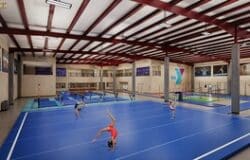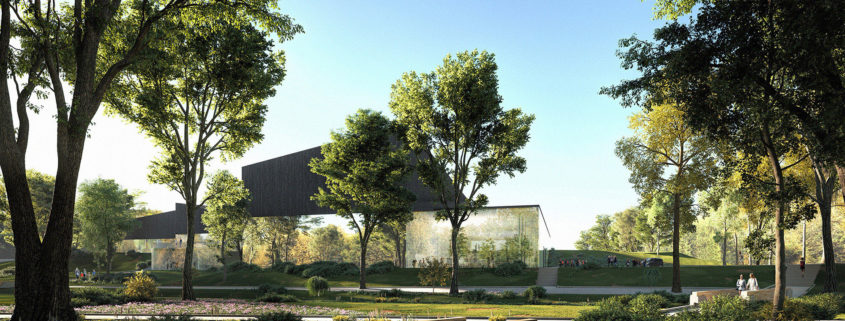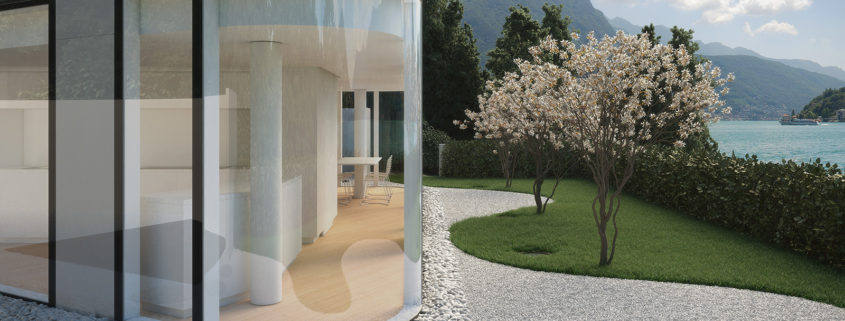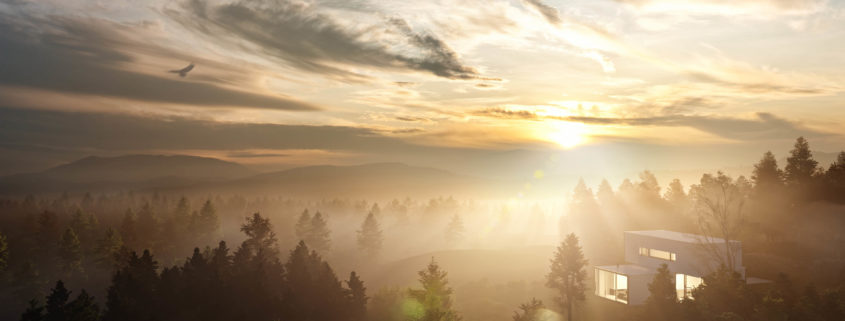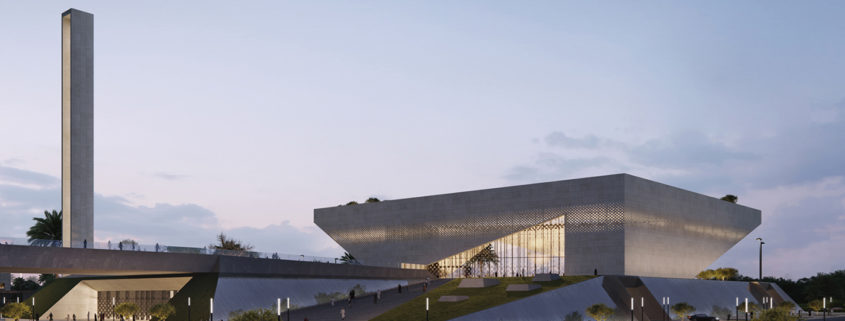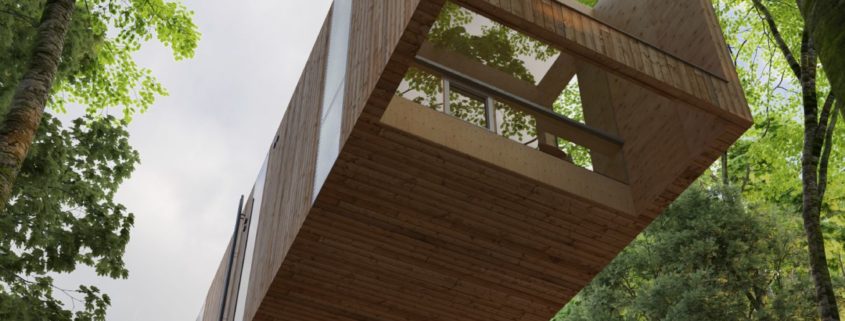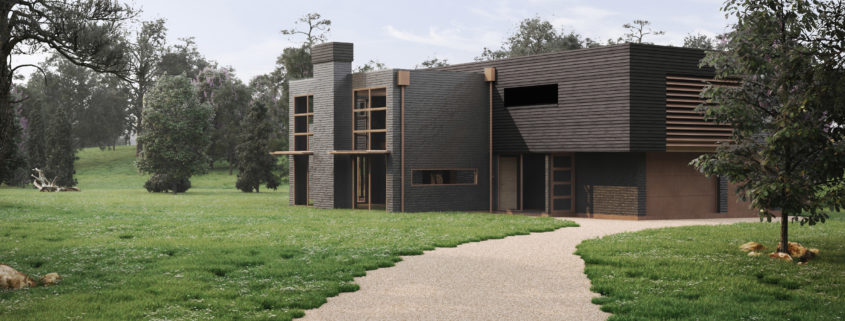Chopin International Music Centre
Location: Żelazowa Wola, Poland
Project year: 2018
Lead Architects: Jakub Figel, Filip Kurasz
Team: Karolina Jankowska, Jakub Tajer
Acoustics: Arau Acustica – Higini Arau, Jordi Oliver / www.arauacustica.com
Visualizations: © ELEMENT / http://welcometoelement.com
Żelazowa Wola is a small village in Poland, well-known as a birthplace of a famous polish compositor and pianist – Fryderyk Chopin. The picturesque scenery of endless forest favors leisure activities and relaxation. Tourists from all over the world gather here to honor Fryderyk Chopin.
Landscape of Żelazowa Wola connotes with peaceful country site with wide fields and all-embracing nature. It inspired architects to design a building which will correspond with this unique scenery.
Architects proposed the concept of new International Music Centre, which was designed to blend into the nature. The whole Centre integrates with the park by set of composition openings and view connections with the Fryderyk Chopin’s birth house. While walking through the park the only transparency is provided through the lower part of the trees – trunks. Treetops are covering the view with its broad sizes. This dependence was an inspiration to design a half-divided façade of the building. Light plinth and solid top. The lower part was covered with glass and mirror panels to let the building sink in greenery. The wooden planks, placed on the upper part of the façade, were made by using old Japanese Shou Sugi Ban technique. This burnt up wood is durable and resistant to pests, simultaneously being highly aesthetic.
Natural material refers to historical wooden Mazovia cottage architecture taking into account architectural traditions of the region. For example, traditional gable roof is interpreted in the modern way by diagonally placed ridgepole. All solutions aimed to prove that not the building is the most important thing in this particular location, but the nature itself.
The main entrance to the building is kept in the old manor style referring to the Fryderyk Chopin’s XIX century house. Pathways and bridges near the building are designed to connect the site with existing park. It encourages visitors to walk through area and experience unification with whole park set.
The Concert Hall was designed in collaboration with Arrau Acustica. The volume has 7500m3 and can house 600 viewers and 100 musicians. The shape of the Hall was designed to provide the best acoustic conditions. Glazed wall behind the scene is emphasizing the beautiful context and allows visitors to have a direct view on the park, which becomes a constantly changing scenery.
The building is physically and functionally divided into three blocks to provide functional clarity of the plan and to diffuse one big mass into three smaller parts. This provides desired views of the park and suitable insolation.
First and main part is a Concert Hall connected with all necessary functions and welcoming area with double-floor foyer, ticket desk, cloakrooms and cafeteria with leisure space. Second block contains Chamber Hall, practice rooms for musicians and offices whereas in the third block are designed conference, education and guest rooms. Second and third block are connected with chamber foyer and restaurant space. Three blocks are linked with glazed corridor which provides the unique scenery from the back side of the building.






